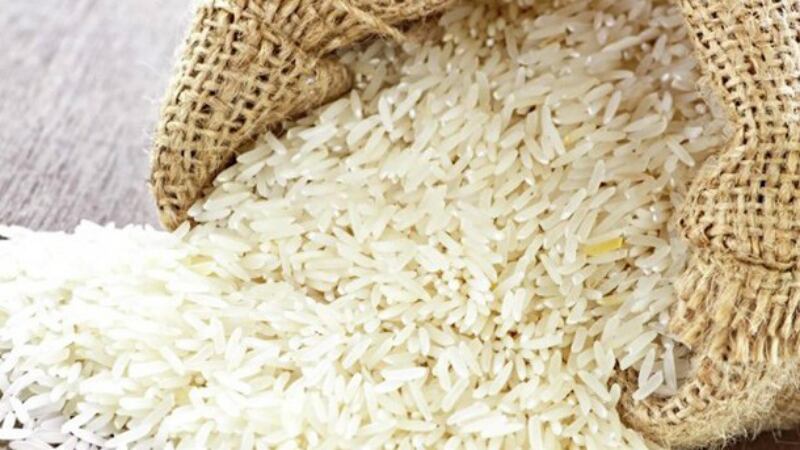“By 2050, there will be over 10 billion people living on the planet. We will need to increase production capacity by around 60% to feed everyone on the globe, […] and we believe innovation is very much a solution,” said Mark van Binsbergen, CEO Rabobank Singapore.
According to the United Nations Food and Agriculture Organisation (FAO), roughly one-third of all food produced for human consumption gets lost or wasted every year.
This equals approximately 1.3 billion tonnes yearly, and as per the FAO website, Asia is one of the biggest culprits.
“Asia has one of the highest food loss rates in the world,” said van Binsbergen.
South and South East Asia combined produce roughly 25% of the world’s food waste, and industralised Asia (China, Japan, South Korea) makes up about 28%. Together, this makes up over 50% of global food wastage.
The amount of food wasted in China alone could feed 100 million people.
Additionally, over 40% of fruits and vegtables, and roughly 30% of grains in the Asia Pacific region are lost along the food supply chain before reaching consumers.
In line with this, Rabobank has launched its Food Loss Challenge Asia programme in search of new innovative solutions to the food loss dilemma.
This is a competition for start-ups and companies with products or solutions applicable to the Asian market that can address food loss issues from farm to market.
“Reducing food loss is where it starts – why increase so much productivity if you waste food on the other end of the spectrum?” said van Binsbergen.
The focus here is on innovations, especially in technology, that will address issues impacting the food supply chain including connectivity, logistics, and knowledge-sharing.
“There is a lot of loss between the farm and the market, so we believe connecting farmers better to the marketplace will be beneficial,” added van Binsbergen.
“[Apart from this], solutions in improved logistics, […] smarter, more data driven corporation models, and knowledge sharing between the players in the supply chain [are also important].”
Albert Boogaard, Head Innovation, Rabobank Foundation shared this opinion, adding that the ability to connect agricultural value chains and smallholder farmers will also be very valuable.
“Most of the food loss in Asia occurs at the smallholder farmers’ level. [At the same time], one of the major challenges is involving farmers in food loss initiatives,” said Boogaard.
“The diversity of smallholder farmers combined with the diversity of technological solutions make for a large number of combinations. This means that there is no silver bullet or one-size-fits-all technology that can solve all problems.”
“A lot of proof-of-concepts are needed, meaning a lot of startups have to work on the same [technological] concept in different conditions. […] A lot of patience will be needed [to solve food loss issues],” he added.
Dissenting voices
Although food loss and food waste have been acknowledged as major global issues by the United Nations, there are some that disagree.
Martin Cohen, Visiting Research Fellow in Philosophy from the University of Hertfordshire, wrote in The Conversation that the costs of tackling food wastage may outweigh the benefits.
He cited a European Union study that found the economic impact of reducing avoidable food waste in Germany, Poland and Spain to be ‘enormous’.
“It estimated that in Germany, job losses resulting from reducing food production would amount to around 600,000 — and a similar hit for the two economies of Spain and Poland put together,” wrote Cohen.
As such, he urged for more tolerance over food waste issues: “So next time you see supermarkets throwing away slightly off fruit, you can be a little bit more tolerant – in a sense, they are also creating jobs: jobs on farms, jobs in retail and jobs in the wider economy too.”
It is however worth noting that no mention was made of food loss along the supply chain, or in the Asia Pacific region. Cohen’s focus was very much on the end of the supply chain (supermarket shelves), as well as on developed countries like France, Denmark and the United Kingdom.
The authors of the study On the Measurement of Food Waste, published in the American Journal of Agricultural Economics, seem to concur.
“By misdirecting and misallocating some of the resources that are currently put into food waste reduction efforts, this overstatement of the problem could have severe consequences for public policy,” they stated.
Other technological efforts to fight food waste
In Singapore, a new standard and ‘smart system software’ have been implemented to reduce food wastage.
The Singapore Standard (SS) 633:2017 is a set of guidelines aimed at food waste management, whereas the Food Wise smart system software will help food manufacturers and processors track and trace production inefficiencies.





